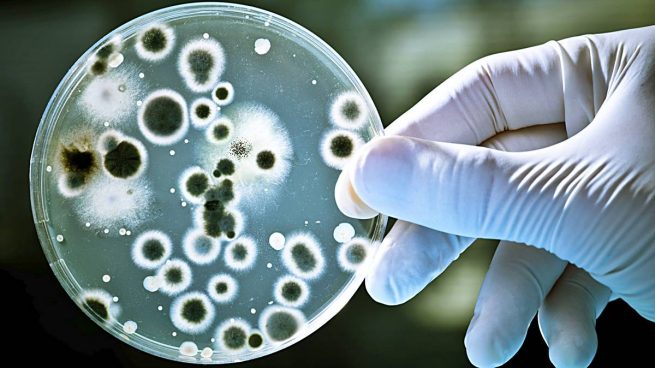Cancer Research: Toward Killing Cancer with Bacteria
In the late
1800s, bone surgeon William Coley pioneered the use of bacteria as a cancer treatment after
discovering that a cancer patient who suffered a bacterial infection survived
longer than expected. Back then, before radiation and chemotherapies prevailed,
bacteria injection “was a first line therapy,”
A genetically
manipulated version of the gastroenteritis-causing bacteria Salmonella typhimurium is a potent
destroyer of mouse tumors, according to a report published today (February 8)
in Science Translational Medicine. The paper adds to a growing body of research investigating
bacterial cancer treatments, and reveals an immunological mechanism that
contributes to bacteria-driven, cancer–killing activity. To boost the potency of the Salmonella, Researchers engineered
the bacteria to overexpress a protein proven to induce a strong immune
response—flagellin B (a component of the tail-like swimming appendage of some
bacteria). Intravenous injections of the flagellin-expressing Salmonella eradicated the
experimental tumors in 55 percent of mice, which then remained healthy until
the end of the four-month observation period, the researchers reported. Without
overexpression of flagellin, the Salmonella initially
shrank tumors in the mice, but the tumors tended to regrow. 

No comments:
Post a Comment